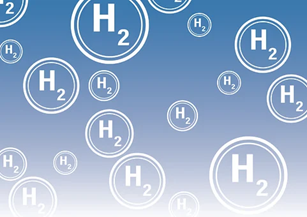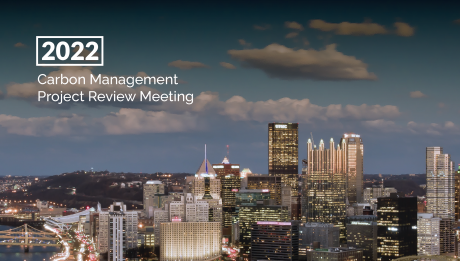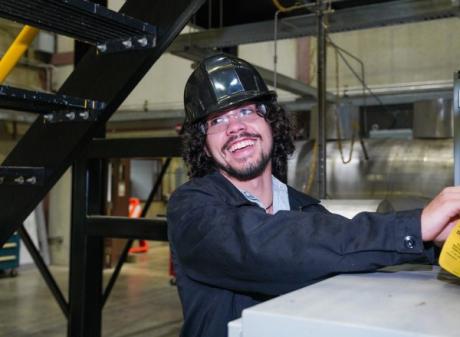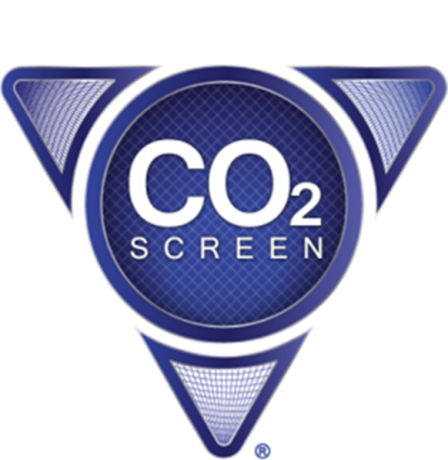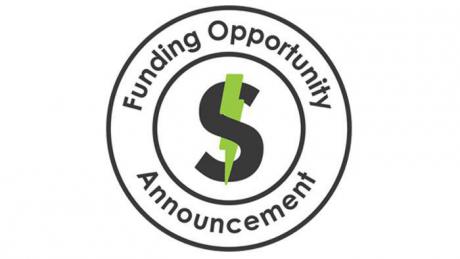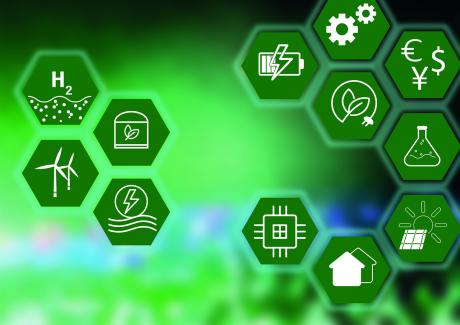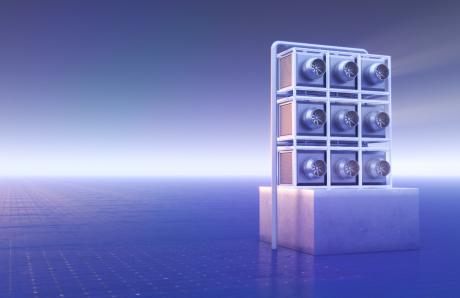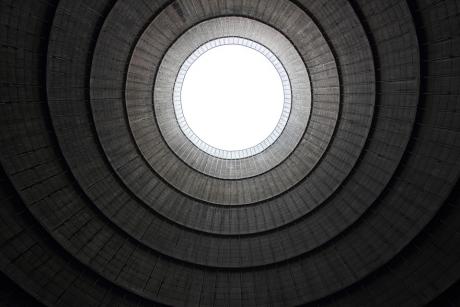NETL, through its research on hydrogen production, transportation, storage and use, is playing a critical role in U.S. Department of Energy (DOE) efforts to put hydrogen on the front lines of efforts to attain net-zero carbon emission goals in the power sector by 2035 and the broader economy by 2050, while meeting DOE’s Hydrogen Shot goal of $1 per 1 kilogram in one decade.
The nation’s top engineers and scientists leading groundbreaking research to reduce atmospheric emissions of carbon dioxide (CO2), the world’s dominant greenhouse gas, will gather in Pittsburgh, Pennsylvania, Aug. 15-19 when NETL hosts the 2022 Carbon Management Project Review Meeting.
The summer edition of NETL’s Water-Energy Nexus News focuses on groundbreaking research and other efforts to enhance the nation’s energy foundation while helping to protect water resources for future generations.
NETL’s Regional Workforce Initiative (RWFI) will host the 2022 Regional Advanced Manufacturing and Energy (R-AME) Innovation Group summer meeting virtually 10:30 a.m. to noon, Thursday, Aug. 18, 2022.
Anthony Armaly, RWFI federal coordinator for NETL, will kick off the meeting by sharing R-AME successes and accomplishments over the last two years while providing information on regional funding opportunities.
On-site learning experiences returned to NETL this summer, providing research associates with valuable opportunities to advance cutting-edge technologies, write papers and present their findings while collaborating with Lab’s world-class engineers and scientists.
As countries around the world mobilize to battle climate change, a growing number of organizations, institutions of higher education and governments from more than 90 nations including Norway, Spain, France, South Korea, India, Australia, Mexico and the United Kingdom are turning to a user-friendly, yet sophisticated tool developed by a team of NETL researchers to estimate the feasibility of storing captured carbon dioxide (CO2) in underground geological environments.
WASHINGTON, D.C.— The U.S. Department of Energy (DOE) today announced up to $32 million in funding toward the research and development of new monitoring, measurement, and mitigation technologies to help detect, quantify, and reduce methane emissions across oil and natural gas producing regions of the United States. After carbon dioxide, methane is the most abundant greenhouse gas (GHG) warming our planet, and methane emissions contribute significantly to the GHG intensity of natural gas.
NETL Director Brian Anderson, Ph.D., and Thermal Science Team supervisor Ronald Breault, Ph.D., highlighted the Lab’s contributions in building hydrogen-based energy infrastructures and power systems of the future during his keynote address to the 2022 Clearwater Clean Energy Conference held Aug. 1-4 at the Sheraton Sand Key in Clearwater, Florida.
A case study conducted by the U.S. Department of Energy’s (DOE) NETL examined the performance and cost of different sorbent-based direct air capture (DAC) system configurations that remove carbon dioxide (CO2) from the atmosphere.
The U.S. Department of Energy’s (DOE) NETL is supporting an award-winning startup company to help develop a novel power plant technology that can produce clean water from cooling tower plumes.
The technology could significantly reduce water consumption in evaporative cooling tower systems by capturing water from cooling tower plumes, which are formed when water vapor generated in cooling towers mixes with colder ambient air as it leaves the tower and condenses.





